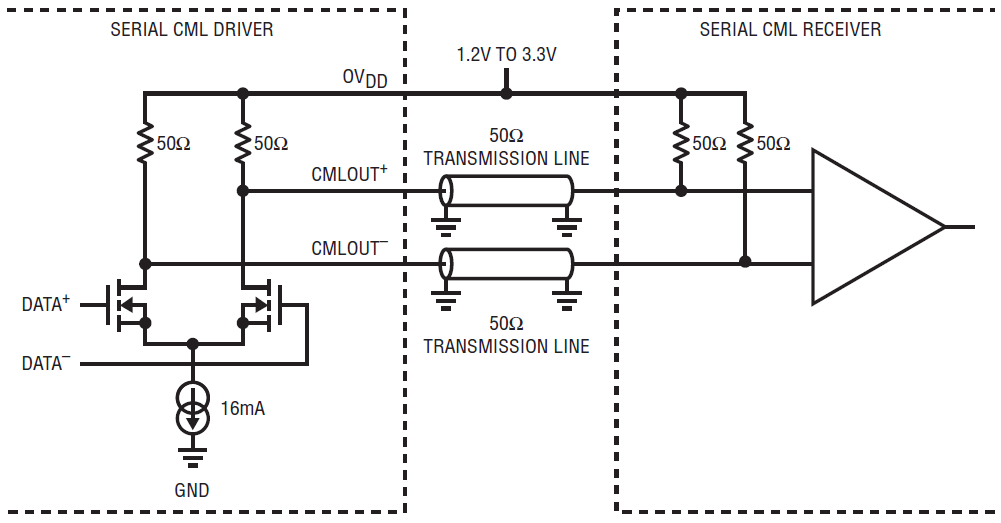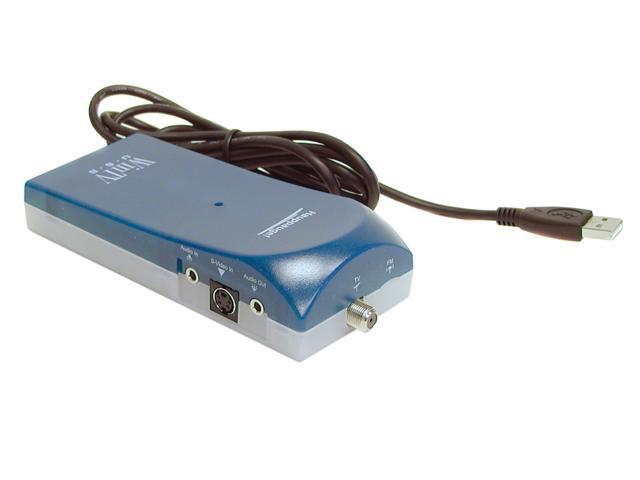
- Difference Between Serial And Parallel Interface
- Data Communication Codes Serial And Parallel Interface
- Serial And Parallel Interface Pdf
- Serial And Parallel I/o Interface
- Serial And Parallel Interface In Data Communication
By Mark Russinovich

Published: January 12, 2012
Difference Between Serial And Parallel Interface
Download Portmon(226 KB)
Run now from Sysinternals Live.
Serial vs Parallel Port. A port (derived from Latin word “porta” for door) is a physical interface that connects a computer to other computers or hardware input/output devices. Based on the signal transfer, ports are divided in to two groups as serial and parallel ports. Serial ports transfer data one bit at a time using a single pair of. The SN74LV8153 is a serial-to-parallel data converter. It accepts serial input data and outputs 8-bit parallel data. The automatic data-rate detection feature of the SN74LV8153 eliminates the need for an external oscillator and helps with cost and board real-estate savings.
Introduction
Portmon is a utility that monitors and displays all serial andparallel port activity on a system. It has advanced filtering and searchcapabilities that make it a powerful tool for exploring the way Windowsworks, seeing how applications use ports, or tracking down problems insystem or application configurations.
Portmon 3.x
Version 3.x of Portmon marks the introduction of a number of powerfulfeatures.
- Remote monitoring: Capture kernel-mode and/or Win32 debug outputfrom any computer accessible via TCP/IP - even across the Internet.You can monitor multiple remote computers simultaneously. Portmonwill even install its client software itself if you are running iton a Windows NT/2K system and are capturing from another WindowsNT/2K system in the same Network Neighborhood.
- Most-recent-filter lists:Portmon has been extended withpowerful filtering capabilities and it remembers your most recentfilter selections, with an interface that makes it easy to reselectthem.
- Clipboard copy: Select multiple lines in the output window andcopy their contents to the clipboard.
- Highlighting: Highlight debug output that matches yourhighlighting filter, and even customize the highlighting colors.
- Log-to-file: Write debug output to a file as its being captured.
- Printing: Print all or part of captured debug output to aprinter.
- One-file payload:Portmon is now implemented as one file.
The on-line help-file describes all these features, and more, in detail.
Installation and Use
Simply execute the Portmon program file (portmon.exe) and Portmonwill immediately start capturing debug output. To run Portmon onWindows 95 you must get the WinSock2update from Microsoft. Notethat if you run Portmon on Windows NT/2K portmon.exe must be locatedon a non-network drive and you must have administrative privilege.Menus, hot-keys, or toolbar buttons can be used to clear the window,save the monitored data to a file, search output, change the windowfont, and more. The on-line help describes all of Portmon's features.
Portmon understands all serial and parallel port I/O control (IOCTLs)commands and will display them along with interesting informationregarding their associated parameters. For read and write requestsPortmon displays the first several dozen bytes of the buffer, using'.' to represent non-printable characters. The Show Hex menu option letsyou toggle between ASCII and raw hex output of buffer data.
How it Works: WinNT
The Portmon GUI is responsible for identifying serial and parallelports. It does so by enumerating the serial ports that are configuredunder HKEY_LOCAL_MACHINEHardwareDeviceMapSerialComm and theparallel ports defined underHKEY_LOCAL_MACHINEHardwareDeviceMapParallel Ports. These keyscontain the mappings between serial and parallel port device names andthe Win32-accessible names.
When you select a port to monitor, Portmon sends a request to itsdevice driver that includes the NT name (e.g. deviceserial0) thatyou are interested in. The driver uses standard filtering APIs to attachits own filter device object to the target device object. First, it usesZwCreateFile to open the target device. Then it translates thehandle it receives back from ZwCreateFile to a device objectpointer. After creating its own filter device object that matches thecharacteristics of the target, the driver callsIoAttachDeviceByPointer to establish the filter. From that point onthe Portmon driver will see all requests aimed at the target device.
Portmon has built-in knowledge of all standard serial and parallelport IOCTLs, which are the primary way that applications and driversconfigure and read status information from ports. The IOCTLs are definedin the DDK file ddksrccommincntddser.h andddksrccommincntddpar.h, and some are documented in the DDK.
How it Works: Windows 95 and 98
On Windows 95 and 98, the Portmon GUI relies on a dynamically loadedVxD to capture serial and parallel activity. The Windows VCOMM (VirtualCommunications) device driver serves as the interface to parallel andserial devices, so applications that access ports indirectly use itsservices. The Portmon VxD uses standard VxD service hooking tointercept all accesses to VCOMM's functions. Like its NT device driver,Portmon's VxD interprets requests to display them in a friendlyformat. On Windows 95 and 98 Portmon monitors all ports so there is noport selection like on NT.
Data Communication Codes Serial And Parallel Interface
Download Portmon(226 KB)
Run now from Sysinternals Live.
In telecommunication and data transmission, serial communication is the process of sending data one bit at a time, sequentially, over a communication channel or computer bus. This is in contrast to parallel communication, where several bits are sent as a whole, on a link with several parallel channels.
Serial communication is used for all long-haul communication and most computer networks, where the cost of cable and synchronization difficulties make parallel communication impractical. Serial computer buses are becoming more common even at shorter distances, as improved signal integrity and transmission speeds in newer serial technologies have begun to outweigh the parallel bus's advantage of simplicity (no need for serializer and deserializer, or SerDes) and to outstrip its disadvantages (clock skew, interconnect density). The migration from PCI to PCI Express is an example.
Cables[edit]
Many serial communication systems were originally designed to transfer data over relatively large distances through some sort of data cable.
Practically all long-distance communication transmits data one bit at a time, rather than in parallel, because it reduces the cost of the cable. The cables that carry this data (other than 'the' serial cable) and the computer ports they plug into are usually referred to with a more specific name, to reduce confusion.
Keyboard and mouse cables and ports are almost invariably serial—such as PS/2 port, Apple Desktop Bus and USB.
The cables that carry digital video are almost invariably serial—such as coax cable plugged into a HD-SDI port, a webcam plugged into a USB port or Firewire port, Ethernet cable connecting an IP camera to a Power over Ethernet port, FPD-Link, etc.
Serial And Parallel Interface Pdf
Other such cables and ports, transmitting data one bit at a time, include Serial ATA, Serial SCSI, Ethernet cable plugged into Ethernet ports, the Display Data Channel using previously reserved pins of the VGA connector or the DVI port or the HDMI port.
Serial buses[edit]
Many communication systems were generally designed to connect two integrated circuits on the same printed circuit board, connected by signal traces on that board (rather than external cables).
Cubase tutorial pdf. Integrated circuits are more expensive when they have more pins. To reduce the number of pins in a package, many ICs use a serial bus to transfer data when speed is not important. Some examples of such low-cost serial buses include RS-232, SPI, I²C, DC-BUS, UNI/O, 1-Wire and PCI Express. In IC, serial bus may be typically implemented by using multiplexer (which utilizes technique called multiplexing).[1]
Serial versus parallel[edit]
The communication links, across which computers (or parts of computers) talk to one another, may be either serial or parallel. A parallel link transmits several streams of data simultaneously along multiple channels (e.g., wires, printed circuit tracks, or optical fibers); whereas, a serial link transmits only a single stream of data.
Although a serial link may seem inferior to a parallel one, since it can transmit less data per clock cycle, it is often the case that serial links can be clocked considerably faster than parallel links in order to achieve a higher data rate. Several factors allow serial to be clocked at a higher rate:
- Clock skew between different channels is not an issue (for unclocked asynchronous serial communication links).
- A serial connection requires fewer interconnecting cables (e.g., wires/fibers) and hence occupies less space. The extra space allows for better isolation of the channel from its surroundings.
- Crosstalk is less of an issue, because there are fewer conductors in proximity.
In many cases, serial is cheaper to implement than parallel. Many ICs have serial interfaces, as opposed to parallel ones, so that they have fewer pins and are therefore less expensive.
Examples of architectures[edit]
- ARINC 818 Avionics Digital Video Bus
- Atari SIO (Joe Decuir credits his work on Atari SIO as the basis of USB)
- CAN Control Area Network Vehicle Bus
- ccTalk Used in the money transaction and point-of-sale industry
- CoaXPress industrial camera protocol over Coax
- DC-BUS communication over DC power lines
- DMX512 control of theatrical lighting
- Fibre Channel (high-speed, for connecting computers to mass storage devices)
- InfiniBand (very high speed, broadly comparable in scope to PCI)
- I²C multidrop serial bus
- MIDI control of electronic musical instruments
- RS-232 (low-speed, implemented by serial ports)
- RS-422 multidrop serial bus
- RS-485 multidrop multimaster serial bus
- SDI-12 industrial sensor protocol
- SONET and SDH (high speed telecommunication over optical fibers)
- SpaceWire Spacecraft communication network
- T-1, E-1 and variants (high speed telecommunication over copper pairs)
- Universal Serial Bus (for connecting peripherals to computers)
- UNI/O multidrop serial bus
- 1-Wire multidrop serial bus
See also[edit]
- High-Level Data Link Control (HDLC)
- Universal asynchronous receiver/transmitter (UART)
References[edit]
- ^'Circuit Implementation Using Multiplexers'. www.ee.surrey.ac.uk. Retrieved 2019-04-30.
External links[edit]
Serial And Parallel I/o Interface
- Serial Interface Tutorial for Robotics (contains many practical examples)
